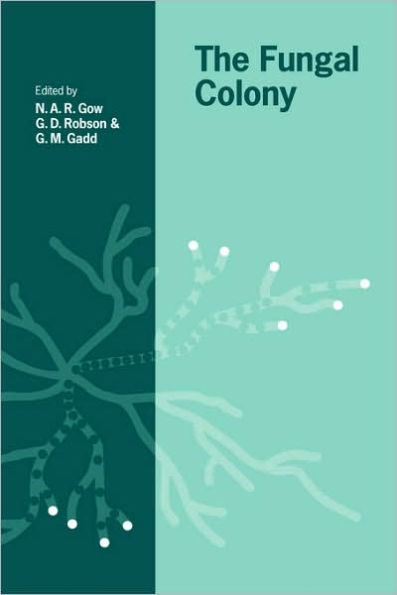Fungi are among the simplest of eukaryotes. Their study has provided useful paradigms for processes that are fundamental to the way in which higher cells grow, divide, establish form and shape, and communicate with one another. The majority of work has been carried out on the budding yeast Saccharomyces cerevisiae, but in nature unicellular fungi are greatly outnumbered by filamentous forms for which our knowledge is much less well developed. This volume focuses on the analysis of the filamentous life style, particularly on the hyphae that constitute the fungal mycelial colony. This book provides the most recent insights into the molecular genetics and physiological mechanisms underlying the elaboration of the branching mycelium and the interactions among individual fungal mycelia. This volume offers much to interest mycologists as well as those working in the fields of cell biology, developmental biology, physiology, and biochemistry.
1100945618
The Fungal Colony
Fungi are among the simplest of eukaryotes. Their study has provided useful paradigms for processes that are fundamental to the way in which higher cells grow, divide, establish form and shape, and communicate with one another. The majority of work has been carried out on the budding yeast Saccharomyces cerevisiae, but in nature unicellular fungi are greatly outnumbered by filamentous forms for which our knowledge is much less well developed. This volume focuses on the analysis of the filamentous life style, particularly on the hyphae that constitute the fungal mycelial colony. This book provides the most recent insights into the molecular genetics and physiological mechanisms underlying the elaboration of the branching mycelium and the interactions among individual fungal mycelia. This volume offers much to interest mycologists as well as those working in the fields of cell biology, developmental biology, physiology, and biochemistry.
68.0
In Stock
5
1

The Fungal Colony
344
The Fungal Colony
344
68.0
In Stock

Product Details
| ISBN-13: | 9780521048064 |
|---|---|
| Publisher: | Cambridge University Press |
| Publication date: | 01/01/2008 |
| Series: | British Mycological Society Symposia , #21 |
| Pages: | 344 |
| Product dimensions: | 6.00(w) x 8.90(h) x 0.90(d) |
From the B&N Reads Blog
